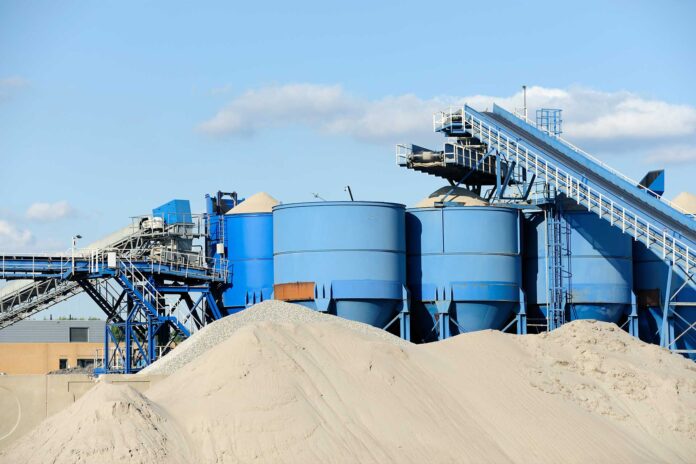The Lahore High Court (LHC) has ended a two-and-a-half-year legal stalemate by upholding the Punjab government’s formula that pegs the royalty on raw-material excavated by cement makers at 6% of the “retention price”—the ex-factory price net of sales tax and excise duty. The verdict immediately renders the stay orders obtained by mills in 2022 ineffective and authorises the provincial Mines & Minerals Department to cash the bank guarantees furnished as security during the litigation. For manufacturers already provisioning for the levy in their accounts, the decision is earnings-neutral on paper, but the timing of cash outflows could squeeze working capital just as the industry heads into the monsoon demand lull.
Topline Securities estimates that the conversion of guarantees into hard cheques will pull several billion rupees out of company treasuries within weeks. More worryingly, the six-per-cent rate translates into roughly Rs1,350–1,400 per tonne at today’s average retention prices – almost Rs1,000 per tonne higher than the royalty now prevailing in neighbouring Khyber-Pakhtunkhwa (Khyber-Pakhtunkhwa). In a market where producers fight for single-digit margins, that delta is large enough to dictate pricing power. The content in this publication is expensive to produce. But unlike other journalistic outfits, business publications have to cover the very organizations that directly give them advertisements. Hence, this large source of revenue, which is the lifeblood of other media houses, is severely compromised on account of Profit’s no-compromise policy when it comes to our reporting. No wonder, Profit has lost multiple ad deals, worth tens of millions of rupees, due to stories that held big businesses to account. Hence, for our work to continue unfettered, it must be supported by discerning readers who know the value of quality business journalism, not just for the economy but for the society as a whole.To read the full article, subscribe and support independent business journalism in Pakistan
























